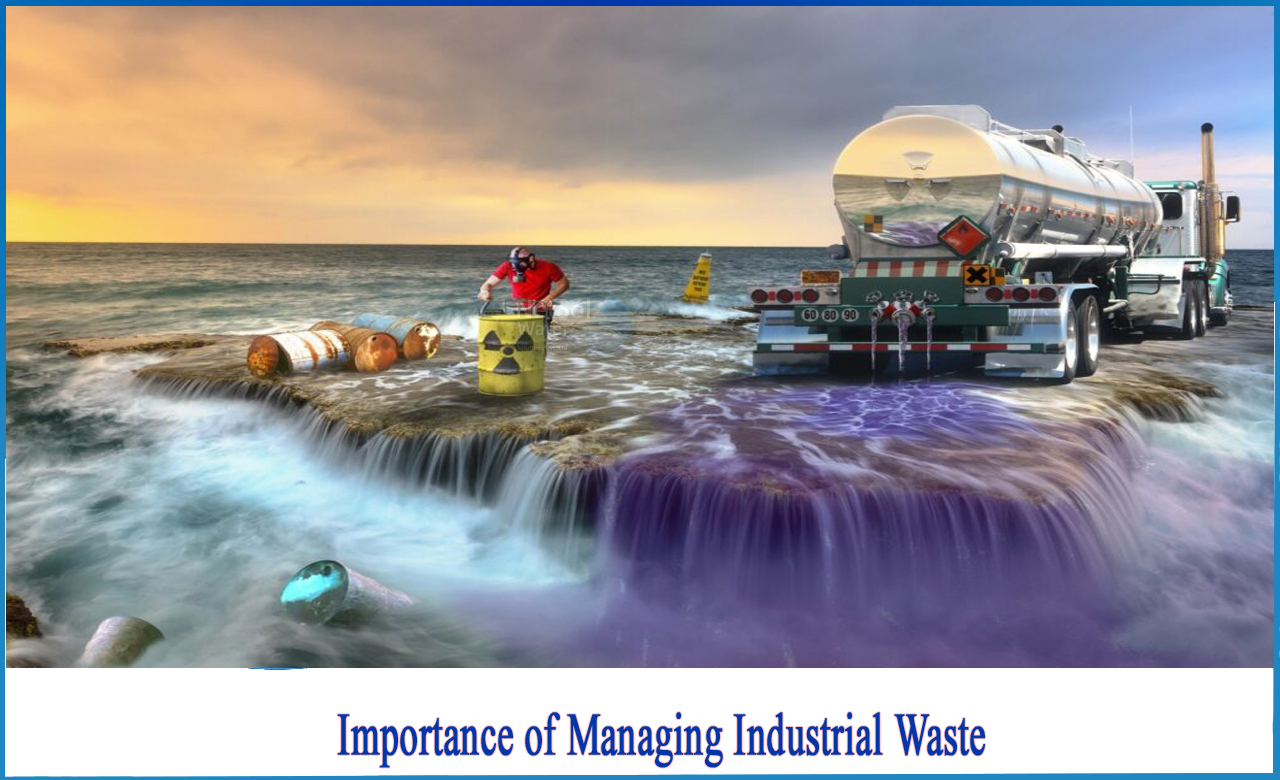A Biased View of Reclaim Waste
A Biased View of Reclaim Waste
Blog Article
The Main Principles Of Reclaim Waste
Table of ContentsThe Of Reclaim WasteEverything about Reclaim Waste6 Easy Facts About Reclaim Waste ExplainedAn Unbiased View of Reclaim WasteSome Ideas on Reclaim Waste You Need To Know
Residential sewer waste refers to the waste and products from a property septic tank. The appropriate monitoring and disposal of domestic sewage waste need fluid waste to be transferred to a sewer treatment plant where the appropriate methods and devices are used to purify and dispose of waste.
Industrial waste often includes prospective threats, such as flammable materials or a blend of liquid and solid waste products, and requires an advanced and comprehensive disposal procedure. The disposal of business waste generally includes the purification of waste prior to transport to ensure safe and appropriate disposal. Hazardous waste is developed from results and drainage of commercial procedures and manufacturing.
This sort of waste can not use the exact same sewage administration transportation or processes as septic or industrial liquids. The industrial waste administration process requires the assessment and testing of liquid waste before it goes through the disposal process (liquid waste disposal). Overflow waste is the liquid waste that originates from overflow and excess stormwater in very booming locations or cities
Overflow waste can create contamination and flooding if not taken care of appropriately. Making sure proper waste monitoring can stop disasters and reduce ecological harm.
Excitement About Reclaim Waste
Contact PROS Solutions today to learn more about our waste monitoring and disposal services and the appropriate means to care for the liquid waste you generate.
(https://reclaimwaste1.edublogs.org/2024/11/12/efficient-liquid-waste-removal-and-disposal-your-complete-guide-to-sustainable-waste-management/)Do you know what happens to your water when you draw the plug, flush the commode or drain the cleaning device? No? Well, it deserves understanding. This so-called 'wastewater' is not just a crucial resource however, after treatment, will certainly be released to our land, rivers or the sea. Utilized water from commodes, showers, baths, kitchen area sinks, laundries and industrial procedures is referred to as wastewater.

water used to cool machinery or clean plant and devices). Stormwater, a kind of wastewater, is overflow that streams from farming and city locations such as roofs, parks, yards, roadways, courses and seamless gutters right into stormwater drains, after rain. Stormwater flows neglected directly to neighborhood creeks or rivers, at some point reaching the ocean.
Get This Report about Reclaim Waste
In Queensland, most wastewater is dealt with at sewage treatment plants. Wastewater is transported from domestic or industrial websites via a system of drains and pump terminals, understood as sewage reticulation, to a sewer therapy plant.
The Department of Natural Resources recommends neighborhood governments about managing, operating and preserving sewerage systems and treatment plants. In unsewered areas, local governments might require householders to install specific or family sewer treatment systems to deal with domestic wastewater from toilets, kitchens, washrooms and washings. The Division of Natural Resources authorizes using house systems when they are verified to be effective.
A lot Visit Your URL of stormwater obtains no therapy. In some new communities, therapy of some stormwater to eliminate litter, sand and gravel has begun utilizing gross pollutant catches. Wastewater therapy takes place in four phases: Removes solid matter. Bigger solids, such as plastics and various other things wrongly released to sewers, are removed when wastewater is passed through displays.
Wastewater then moves right into huge containers where solids work out and are eliminated as sludge. Grease and residue are skimmed from the surface. Makes use of small living microorganisms referred to as micro-organisms to damage down and get rid of continuing to be dissolved wastes and fine particles. Micro-organisms and wastes are included in the sludge. Removes nitrogen and phosphorus nutrients that can create algal blooms in our rivers and intimidate aquatic life.
Little Known Facts About Reclaim Waste.
Nutrient elimination is not readily available at all sewer therapy plants since it requires costly specialised equipment. Clear fluid effluent created after treatment may still have disease-causing micro-organisms - liquid waste disposal.

This usually means wastewater needs to be dealt with or impurities eliminated before it can be released to rivers. A lot of wastewater streams right into the sewage system. Under the Act, city governments administer authorizations and permits for environmentally relevant tasks (Ages) entailing wastewater releases that might have a local effect. The division provides authorizations and permits to Ages involving wastewater launches that might have a regional or statewide impact.
Reclaim Waste Fundamentals Explained
Otherwise, samples are considered research laboratory analysis. Usually numerous examinations are required to develop the levels of each of the various toxins such as oils, heavy steels and chemicals in water. Monitoring offers accurate info concerning water quality and can confirm that licence conditions are being satisfied. The details gotten via monitoring offers the basis for making water high quality decisions.
Report this page